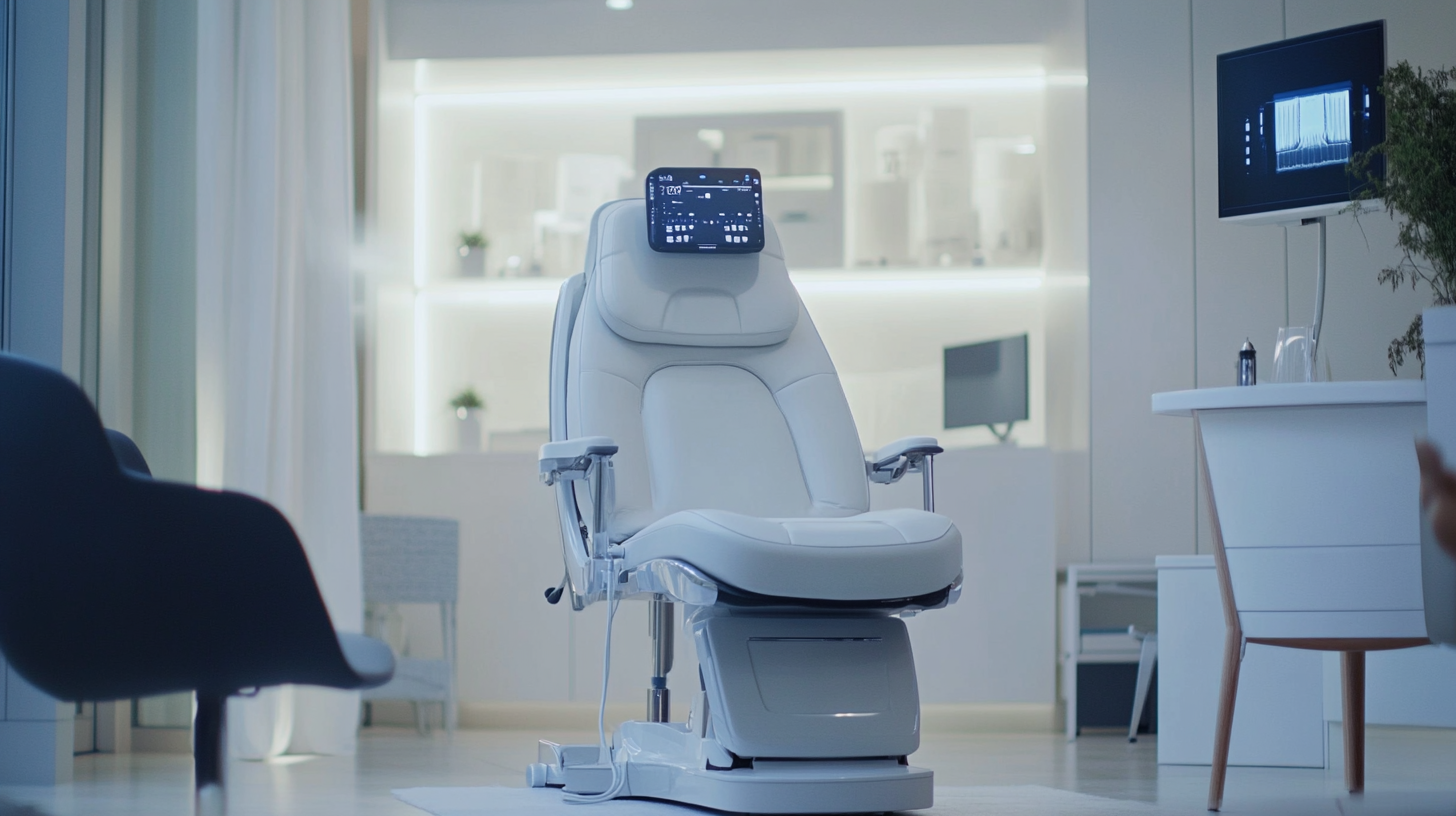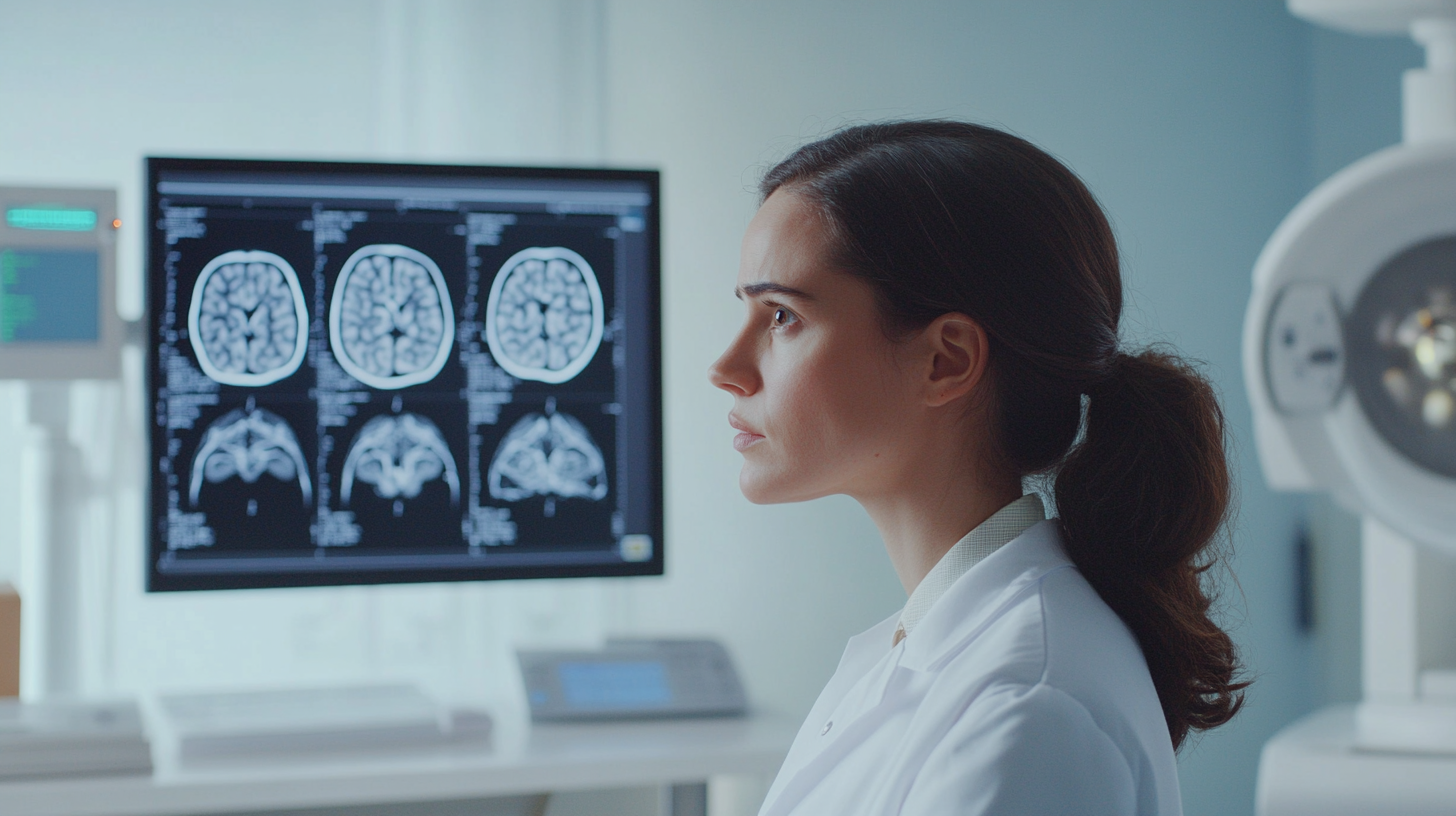Choosing the right neurological disorders device can significantly impact the quality of life for individuals living with various neurological conditions. With a plethora of options available on the market, understanding the unique features and benefits of these devices is crucial for patients and caregivers alike. Whether it's for managing symptoms, enhancing mobility, or improving communication, selecting a device tailored to specific needs can not only foster independence but also promote overall well-being.
In this comprehensive guide, we will explore the factors you should consider when selecting a neurological disorders device. From evaluating the specific requirements of the condition to considering user comfort and accessibility, each aspect plays a vital role in making an informed decision. By understanding the various types of devices available and how they cater to different neurological disorders, you can empower yourself or your loved one to live more fully and actively despite the challenges posed by these conditions.

When navigating the landscape of neurological disorders devices, it’s crucial to understand the different types available today. These devices cater to various conditions, ranging from epilepsy to Parkinson's disease, offering solutions that enhance the quality of life for individuals suffering from these disorders. According to a report by Grand View Research, the global neurological devices market was valued at approximately USD 8.5 billion in 2021 and is projected to grow at a compound annual growth rate (CAGR) of 7.1% from 2022 to 2028. This marks a significant demand for innovative devices tailored to neurological conditions. One primary category of these devices includes neurostimulation devices, which are utilized in the management of chronic pain, epilepsy, and movement disorders. For instance, deep brain stimulation (DBS) is a procedure that involves implanting a device that sends electrical impulses to specific brain regions, significantly benefiting those with Parkinson's disease. Moreover, a report by Market Research Future stated that the market for neurostimulation devices is expected to reach USD 7.5 billion by 2027, highlighting the increasing reliance on such technology. Another critical segment is neurodiagnostic devices, including EEGs and MRI machines, which aid in the diagnosis and monitoring of various neurological disorders. The rising prevalence of neurological disorders, as reported by the World Health Organization, is a driving force behind the growth in these devices, with an estimated 1 in 6 people worldwide affected by a neurological disorder at some point in their lives. Understanding these diverse device categories is essential for consumers and healthcare professionals alike, ensuring that patients receive the most appropriate care tailored to their specific needs.

When selecting a neurological device tailored to individual needs, several key factors must be considered to ensure optimal support and functionality. First, understanding the specific neurological condition is crucial. Different devices are designed for various disorders, such as epilepsy, Parkinson's disease, or multiple sclerosis, and it’s essential to choose one that directly addresses the unique challenges posed by the condition. Conducting thorough research or consulting with healthcare professionals can aid in identifying devices best suited to the user's particular situation.
Additionally, usability plays a significant role in the selection process. The device should be easy to operate, comfortable, and adaptable to the individual’s lifestyle. Features such as portability, battery life, and compatibility with other therapies or medications can greatly influence day-to-day convenience and effectiveness. For example, a wearable device that monitors vital signs may be ideal for someone with movement disorders who requires constant observation but may be cumbersome for someone who prefers a less intrusive option.
Finally, considering the cost and insurance coverage is essential. Neurological devices can vary significantly in price, and understanding what is covered by insurance can help make informed financial decisions. Exploring options such as payment plans or community grants can also assist in alleviating the financial burden when seeking the most suitable device. Taking the time to evaluate these factors will ensure individuals make a well-informed choice that enhances their quality of life.

When selecting a device for managing neurological disorders, it is crucial to assess both its effectiveness and safety. A report by the National Institute of Health highlights that nearly 1 in 6 people worldwide suffer from neurological disorders, emphasizing the need for reliable therapeutic interventions. Devices such as neurostimulators and monitoring systems play a vital role in treatment plans, yet their effectiveness can vary significantly depending on the specific condition being addressed.
In a recent review of FDA-approved neurological devices, it was found that approximately 30% of these devices were recalled due to safety concerns. This statistic underlines the importance of considering both clinical studies and post-market surveillance data when evaluating a device's safety. According to a survey by the American Academy of Neurology, around 65% of healthcare professionals reported that they prioritize a device's history of adverse events over its innovative features when making recommendations to patients.
To support informed decision-making, it is essential to examine clinical trial outcomes reported in reputable journals. For example, a systematic review published in the Journal of Neurology reported that transcranial magnetic stimulation (TMS) improved symptoms in 50-70% of patients with treatment-resistant depression. Such metrics provide valuable insights into the expected effectiveness of devices, helping patients and caregivers choose options that best suit their therapeutic needs.

In the realm of neurological disorders, personalization of devices has become imperative for enhancing the quality of life for patients. With advancements in artificial intelligence and digital technology, neurological devices can now be tailored to meet the specific needs of individuals. Reports indicate that personalized rehabilitation approaches, such as those utilized in stroke recovery, have shown significant improvements in both motivation and outcomes. More than 70% of stroke survivors benefit from customized rehabilitation plans that leverage data-driven insights, ensuring that the therapy aligns closely with the patient's progress and personal goals.
The integration of AI in therapeutic devices is particularly noteworthy. AI-powered systems can analyze vast amounts of data in real-time, allowing for adjustments in therapy protocols that cater specifically to the patient's evolving needs. This technology not only streamlines the rehabilitation process but also empowers patients by giving them greater control over their recovery journey. Research shows that individuals using AI-supported rehabilitation devices experience a 30% increase in engagement compared to traditional methods, highlighting the effectiveness of personalization in promoting active participation in one's health.
Moreover, new innovations in the field have introduced devices that integrate smoothly into daily life. For example, the development of wearable technologies that monitor physiological parameters while providing real-time feedback can significantly enhance the rehabilitation experience for patients with conditions like cerebral palsy. Such devices enable children to engage in playful and productive therapy that is tailored to their unique capabilities. By focusing on the intersection of technology and personalized treatment, we can transform how neurological disorders are managed, ultimately leading to better daily functioning and improved quality of life for patients.
When considering neurological devices, budgeting can often present a significant challenge. According to a 2022 report by the American Academy of Neurology, healthcare costs associated with neurological disorders have surged, with expenses exceeding $300 billion annually in the United States. This statistic highlights the importance of understanding both device costs and available financial assistance resources.
For individuals seeking neurological devices, options range from wearable technology that tracks movement to advanced electrical stimulators. The cost of these devices can vary widely; for instance, wearable devices might range from $200 to over $2,000, depending on their complexity. To alleviate some of the financial burden, various organizations and government programs offer assistance. The National Institute of Health (NIH) and the Centers for Medicare & Medicaid Services (CMS) provide resources that can guide patients in securing funding for essential devices.
Additionally, many manufacturers offer payment plans or financial aid programs that can significantly reduce out-of-pocket costs. A 2023 survey by the Neurological Devices Manufacturers Association reported that 65% of respondents were unaware of the financial assistance options available to them. Therefore, fostering awareness about budgeting strategies and financial support can empower individuals to make informed decisions regarding their neurological care.
*The content on this website is for general informational purposes only and should not be taken as medical advice. Please contact your physician or therapist to learn what therapy solution is suitable for your specific needs. Not all products, features, or indications shown are approved in all countries.